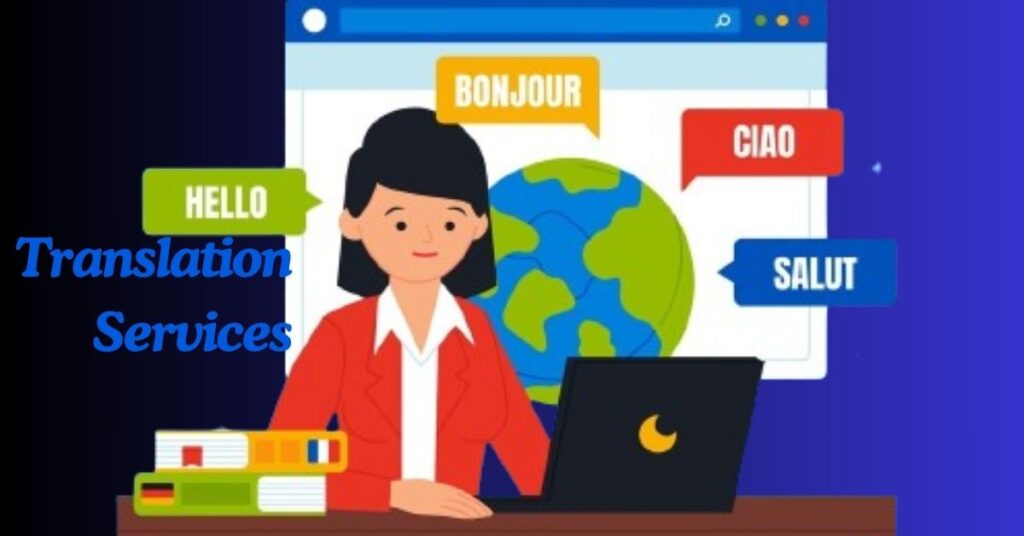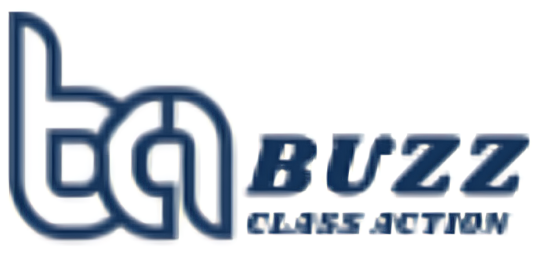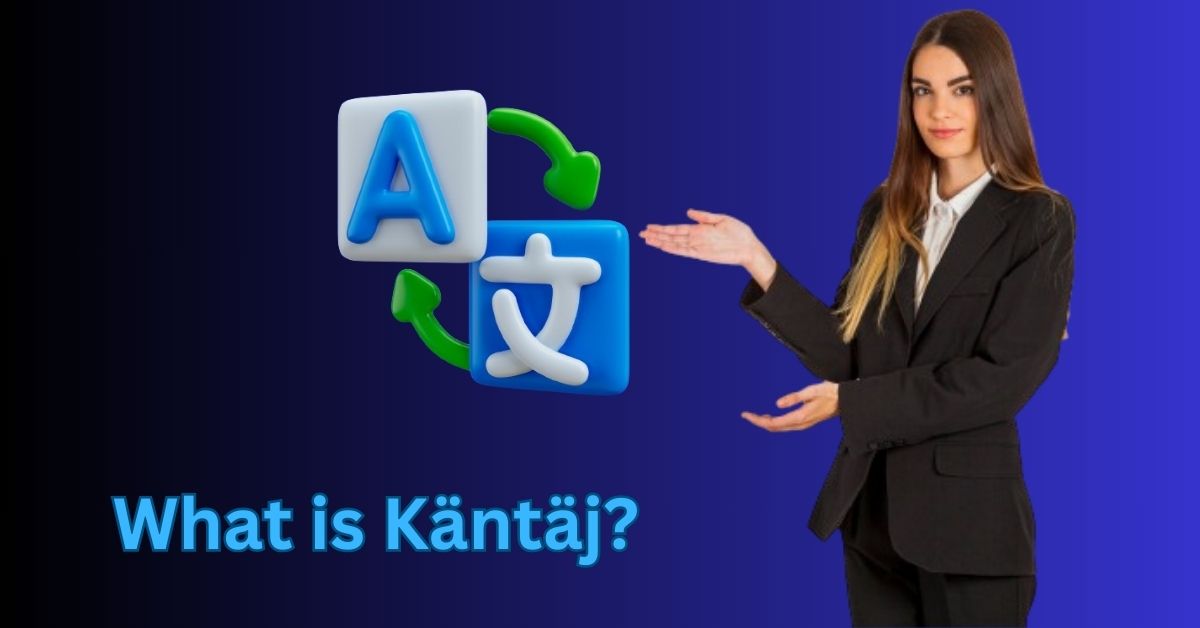Introduction
Käntäj is a big change in the field of language translation because it gives people more accuracy, speed, and flexibility than ever before. Käntäj is at the cutting edge of innovation because it was made with cutting-edge technology and clever algorithms. It changes the way we interact across language obstacles.
Tongue translation has traditionally been a labor-intensive process that relied on people to translate words from one tongue to another. But there are some problems with this method as well. Human translators can make mistakes like being tired, biased, or misunderstandings, which can lead to inaccurate and inconsistent translations.
Käntäj, on the other hand, uses AI and machine learning to provide quick, accurate, and relevant readings. Käntäj can understand complex details and local phrases with amazing accuracy by looking at huge amounts of language data and finding patterns within languages.
In the parts that follow, we’ll go into more detail about how Käntäj works, look at its features and uses, and think about what this new technology could mean for the future. Come with us on this trip as we discover the changing power of Käntäj and change the way people from different countries and languages talk to each other.
What is Käntäj?
Käntäj is a new kind of language translator that uses powerful AI and machine learning techniques to do its work. It makes it very easy and accurate for people to translate writing from one language to another. Traditional translation methods depend on human translators a lot. Käntäj simplifies the process and provides fast, accurate texts in real time. When you’re working with clients from other countries, visiting, or doing study in places where people speak more than one language, Käntäj makes it easier to communicate across language obstacles.
Along with that, Käntäj has an easy-to-use interface that lets both people and companies translate. Users can translate text in real time with just a few clicks, which gets rid of the need for time-consuming manual processes and greatly speeds up the process.
You Might Also Like: Kääbntäjä Art of Translation
How does Käntäj work?
Käntäj works by looking at the context of the text you give it, finding patterns, and using rules of language to make sure the versions are correct. It uses both machine learning and natural language processing to make its translation skills better all the time.
To make sure that texts are correct, Käntäj uses a complex system that blends artificial intelligence and machine learning. This is how it works:
Text Analysis
When someone types in text to be translated, Käntäj first looks at it to figure out how it is structured, what it means, and any subtleties of the language.
Language Identification
To figure out which translation model to use, Käntäj figures out what language the raw text is written in.
Translation Model Selection
Käntäj chooses the best translation model from its library based on the language pair that was found.
Statistical Analysis
Käntäj uses statistical methods to look for trends and connections in the text, examining its language, structure, and meaning.
Contextual Understanding:
Käntäj looks at the bigger picture of the text to make sure the translation is correct. He does this by looking at idioms, cultural references, and differences between regions.
Neural Network Processing
The translated output is made by mapping input traits to output representations using neural network designs.
The Evolution of Translation
Translation is the art of getting information from one language to another. It has changed a lot over the years. Translation has been an important part of letting people from different countries talk to each other and share their ideas since the beginning of time. Let’s look at the most important steps in the history of translation.
Traditional Translation Methods
Prior to the development of modern technology and artificial intelligence, translation was mostly done by human translators using old standard methods. Even though these methods had been used for a long time, they were often very hard to do and needed a lot of language knowledge. Here are some of the usual ways that people have translated for a long time.
Manual Translation
A person directly translates writing from one language to another in a process called “manual translation.” For this method to work, you need to know a lot about both the source and target languages, as well as regional differences and idioms.
Bilingual Dictionaries
Bilingual dictionaries have been used for a long time to translate between languages by giving word-for-word translations. The translators use these tools to find the word or phrase that is most like it in the target language.
Glossaries and Terminology Lists
Translators often use glossaries and word lists to make sure their work is consistent and correct in specific areas like law, medicine, and engineering. There is specialized language and terms in these sources that are specific to a certain subject or business.
Parallel Texts
Texts that are lined up in two or more languages are called parallel texts or bilingual corpora. Parallel texts help translators make sure that their work is accurate and consistent by letting them compare versions and find words or expressions that are used in both.
Interpretation
In interpretation, spoken language is translated into written words in real time. Interpreters need to be good at both speaking and listening, and they need to be able to quickly and correctly translate between language.
Traditional translation methods have been important in the past of the field, but they have their flaws. Human translators can get tired, be biased, and make mistakes when interpreting, all of which can affect the quality and dependability of texts. Also, standard ways often take a long time and might not work for big amounts of writing. Because of this, new translation technologies like machine translation and natural language processing have come along to improve and add to the old ones. These technologies make texts faster, more accurate, and more efficient.
Limitations and Challenges
Traditional ways of translating have their uses in the past, but they also have problems and limits. There are many problems that human translators have to deal with that can lower the quality, speed, and accuracy of their work. Here are some of the main problems and restrictions with the old ways of translating:
Subjectivity and Bias
When humans translate, they bring their own opinions, points of view, and ideas to the job. This can make the readings biased and not always accurate. Because they come from different backgrounds and have had different experiences, different interpreters may translate the same text in different ways.
Time-Consuming
It takes a lot of time to translate something by hand, especially when there is a lot of text or the paper is complicated. Translators have to carefully look over and explain every word and phrase, which can take a long time and cause delivery delays.
Costly
Hiring professional human translators can be costly, especially for businesses and organizations with limited budgets. The high cost of translation services may deter individuals and small businesses from accessing language translation solutions.
The Emergence of Käntäj
The rise of Käntäj in recent years has been a major turning point in the field of language translation. Käntäj is a new kind of translation technology that was created as an innovative way to get around the problems with old translation methods. It is based on artificial intelligence and machine learning.
In terms of scale, cost-effectiveness, and language coverage, Käntäj is also better than standard ways. Because Käntäj is a flexible and scalable option, it can handle big amounts of writing and work with many languages and dialects. This makes it a great choice for companies and groups that want to reach more people around the world and interact with a wide range of people.
Overall, the creation of Käntäj marks a major change in the translation business, bringing about a new age of creativity, speed, and ease of access. Käntäj is going to change the way we work together and interact across languages and countries in the digital age with its cutting edge technology and focus on the user.

Breaking Barriers
Käntäj revolutionizes the translation industry by overcoming the limitations of traditional methods through automation and AI-driven technology.
Advantages Over Traditional Methods
With the rise of Käntäj, there are a number of clear benefits over older ways of translating languages. These benefits change the way translations are done and make the whole user experience better in many ways:
Speed and Efficiency
Käntäj offers unparalleled speed and efficiency compared to traditional methods. With its advanced algorithms and automation, Käntäj can translate text in real-time, significantly reducing turnaround times and enabling faster communication across languages.
Accuracy and Consistency
The versions that Käntäj does are very exact and consistent, so the original text’s meaning and tone are kept. While human interpreters might make mistakes or not follow the rules, Käntäj makes sure that every translation is very accurate.
Scalability
Käntäj is very flexible and can handle a lot of writing. It also works with a lot of different languages and dialects. Because it can be used by more people, Käntäj is perfect for companies and groups that need to translate a lot of different types of content. It lets them reach more people around the world without lowering the quality or speed of their work.
Exploring Käntäj Features
Language Coverage
Käntäj supports a wide range of languages, allowing users to translate text between multiple language pairs with ease.
Accuracy and Precision
The translators at Käntäj are very good at capturing the subtleties of each language. They make sure that the original text’s meaning and tone are kept.
User-Friendly Interface
Accessibility
Käntäj features an intuitive interface that is easy to navigate, making it accessible to users of all skill levels.
Customization Options
Adjusting settings like language choices and translation quality is one way that users can make Käntäj fit their own translation needs.
Real-Time Translation
Enhancing Communication
Käntäj supports real-time translation, which lets people talk to each other without any problems in a variety of situations, such as business meetings, trips, and academic study.
Applications in Various Settings
From business and commerce to travel and education, Käntäj has diverse applications that enhance communication and facilitate cross-cultural exchange.
Benefits of Käntäj
There are many great things about Käntäj that change the way we translate languages. These benefits improve speed, accuracy, and efficiency while making it easier to communicate across language barriers:
Efficiency and Time-Saving
Streamlining Communication
Käntäj streamlines communication processes by providing instant translations, saving time and resources for users.
Increasing Productivity
Käntäj lets users focus on other jobs by simplifying the translation process. This makes everyone more productive overall.
Cost-Effectiveness
Reducing Expenses
Käntäj offers cost-effective solutions compared to traditional translation services, helping businesses and individuals save money on language-related expenses.
Affordable Solutions
Käntäj makes high-quality translation services available to people on all budgets by offering a range of price choices and payment plans.
Accuracy and Reliability
Minimizing Errors
Käntäj minimizes translation errors by leveraging advanced algorithms and constantly refining its language models.
Building Trust and Confidence
Users believe and rely on Käntäj because it is always accurate and dependable. This makes it a popular choice for language translation needs.
Applications of Käntäj
With its advanced translation features, Käntäj can be used in a wide range of situations to make conversation and teamwork easier between people who speak different languages. Here are some important ways that Käntäj is used:
Business and Commerce
Global Expansion
Käntäj facilitates global expansion by enabling businesses to communicate effectively with international customers and partners.
Facilitating International Transactions
Käntäj makes it easier to do business across borders by translating documents accurately in real time. This is useful for everything from making contracts to market research.
Travel and Tourism
Bridging Language Gaps
For travelers, Käntäj serves as a valuable tool for navigating foreign countries and communicating with locals, enhancing the overall travel experience.
Enhancing Travel Experiences
Käntäj helps tourists get around language hurdles and have smooth exchanges while they’re on the road, whether they’re booking housing or getting food.
Education and Research
Enriching Learning Opportunities
In educational settings, Käntäj expands learning opportunities by providing access to educational materials and resources in multiple languages.
Facilitating Cross-Cultural Exchange
Käntäj promotes cross-cultural exchange by facilitating communication between students and researchers from diverse linguistic backgrounds.
Future Implications of Käntäj
Käntäj has huge and revolutionary effects for the future. It has the potential to completely change how people communicate and translate languages. As Käntäj keeps changing and coming up with new ideas, it will have a bigger effect on many areas of culture, technology, and society. Here are some possible effects that Käntäaj could have in the future:
Advancements and Innovations
Integration with AI and Machine Learning
As Käntäaj keeps getting better, it will add AI and machine learning tools to make it even better at translating.
Predictions for Future Developments
From real-time speech translation to instant image recognition, the future of Käntäjs holds exciting possibilities for revolutionizing language translation.
Ethical Considerations
Privacy and Security Concerns
As Käntäj expands its reach, it must address privacy and security concerns related to data protection and user confidentiality.
Ensuring Responsible Use
By promoting ethical practices and transparency, Käntäjs aims to ensure responsible use of its technology and mitigate potential risks.
Challenges and Limitations
Even though Käntäaj has a lot of benefits, it also has some problems and restrictions that make it less useful and effective.
Handling Idioms and Cultural Nuances
Käntäj faces challenges in accurately translating idiomatic expressions and cultural nuances that may vary across languages and regions.
Improving Contextual Understanding
To get around the difficulty of language, Käntäaj needs to get better at understanding context so that it can provide more reliable and useful readings.
Technical Constraints
Connectivity Issues
In places where internet access is limited, Käntäj may have trouble or pauses when giving real-time readings.
Device Compatibility
Käntäjj needs to make sure that it works with a lot of different gadgets and systems so that people all over the world can use it.
Overcoming Challenges
Feedback Mechanisms
Käntäj uses comments from users to figure out what needs to be fixed and improve its methods so that they work better for translations.
Collaborative Efforts
Käntäj wants to solve language problems and improve its translation skills by working with translators, researchers, and technology experts.
Technological Advancements
Research and Development
Käntäj invests in research and development to be on the cutting edge of new technologies and ideas that help get around technical problems and make the user experience better.
Investment in Infrastructure
Käntäjs spends money on strong infrastructure and scalable solutions to support its rising user base and adding more features. This is done to make sure that everything works smoothly.
Conclusion
In conclusion, Käntäj is a huge step forward in the field of language translation. It lets people get past language hurdles with incredible speed, accuracy, and ease. Even though Käntäj has many benefits, it also has some problems and restrictions because of its complicated language, culture differences, and technology limits. But these problems can be solved with constant study, development, and new ideas, which makes it possible for Käntäj to keep getting better and changing.
FAQs
Is Käntäj compatible with all devices?
Yes, Käntäj is made to work with many different kinds of gadgets, like computers, smartphones, and tablets.
Can Käntäj translate complex technical documents?
Without a doubt, Käntäj uses sophisticated algorithms to interpret scientific terms and words correctly.
Is Käntäj suitable for formal business communications?
It is true that Käntäj is very accurate and professional, which makes it perfect for writing serious business writing.
How does Käntäj handle regional dialects and variations?
Käntäjs can recognize and work with area accents and changes, so you can be sure that the readings you get are correct and fit the specifics of the language.
Is Käntäj continuously updated to support new languages?
Yes, the people who work on Käntäjs plan to keep the platform up to date so that it can handle more languages and dialects.





